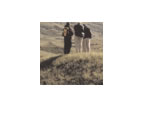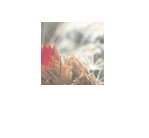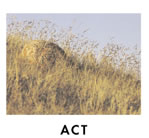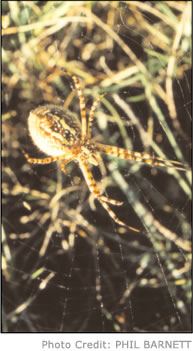Native Prairie History
The Saskatchewan prairies had their
beginnings, 16,000 years ago as the glacial ice melted. Archaeological
evidence suggests that humans inhabited southern Saskatchewan soon after the
last glacier began to retreat about 11,500 years ago.
The soil types and landforms left in the wake of the glaciers, along with a
harsh climate and disturbances resulting from periodic fires and gazing
animals, created a unique environment. Over thousands of years, the prairie
landscape evolved to include a wide variety of plant and animal species
particularly suited to and dependent upon these environmental conditions.
The open grassland interspersed with lakes, ponds, creeks, river valleys,
shrubs and trees supported aboriginal people, huge herds of grazing animals
and a myriad of birds, insects and other wildlife. These age-old plant
communities of the prairie and parkland regions of Saskatchewan are what we
refer to as native prairie.
In the last 150 years, most of the native prairie in North America has
disappeared. What little prairie left exists under quite different
conditions than it has for thousands of years.
Adapted with permission from Native Prairie Stewardship Fact Sheet,
published by the Saskatchewan Wetland Conservation Corporation,
(Saskatchewan Watershed Authority (
http://www.swa.ca ) and
Acreage Living: A Conservation Guide for
Owners and Developers of Natural Habitats published by The Native Plant
Society of Saskatchewan Inc., 2001
http://www.npss.sk.ca . |










